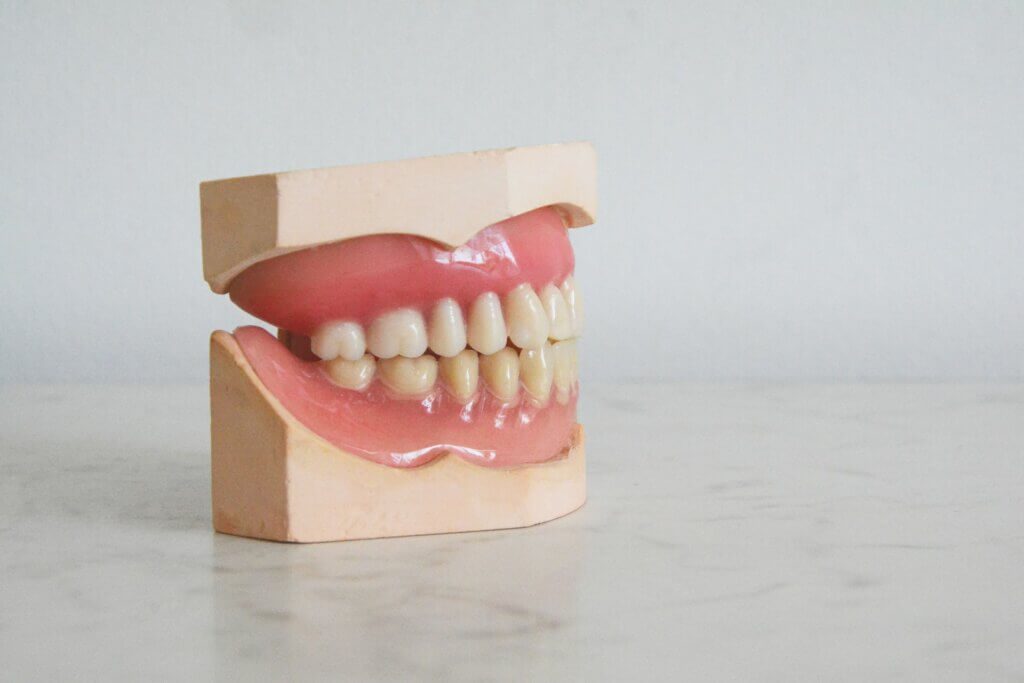Racing pigeons, a specialized breed of domestic pigeons, are esteemed for their exceptional homing ability, navigation skills, and speed. Their history intertwines with ancient civilizations and wartime communication. Pigeon racing emerged as a sport in the 1800s, utilizing the birds' innate homing instincts. These avian athletes cover vast distances, racing back to their lofts from remote release points.
They've played pivotal roles in wartime communication and continue to captivate enthusiasts globally. Today, pigeon racing stands as a testament to the remarkable bond between humans and these remarkable birds, showcasing their agility, endurance, and the artistry of their navigation abilities.
Getting Started: Acquiring Racing Pigeons
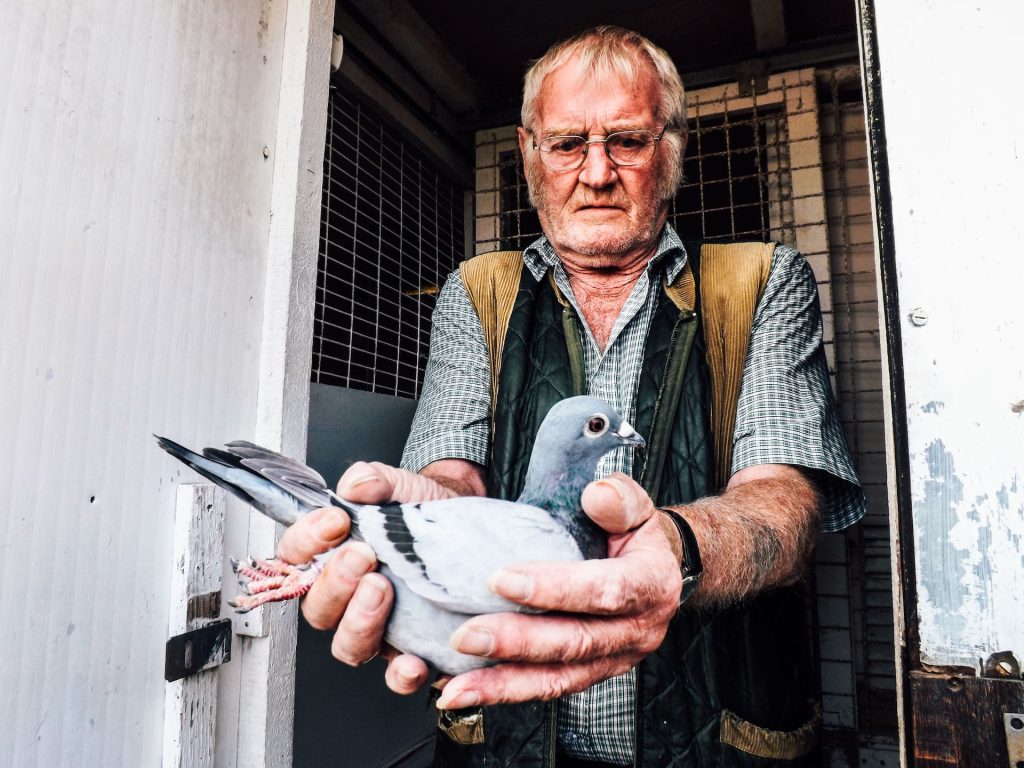
Embarking on the journey of racing pigeon ownership begins with finding reputable sources or breeders. It's crucial to seek out reliable sources that prioritize the health, quality, and breeding standards of racing pigeons.
Reputable breeders often have a proven track record, providing assurance regarding the pigeon's lineage, health, and genetic background. They can be found through local pigeon clubs, online forums, or by seeking recommendations from seasoned pigeon enthusiasts. Engaging with experienced breeders not only ensures the quality of the pigeons but also offers invaluable guidance to beginners.
When selecting racing pigeons, several factors warrant careful consideration.
- Health is paramount. Opt for pigeons that exhibit vitality, good feather condition, bright eyes, and overall alertness. A clean bill of health, with no signs of illness or deformities, is crucial. Verify the breeder's health records and inquire about vaccination history to safeguard against common avian ailments.
- The pigeon's breed is another pivotal aspect. Various breeds excel in different racing conditions and distances. For instance, some breeds are renowned for their speed in short-distance sprints, while others display remarkable endurance in longer races. Understanding the specific traits and capabilities of different breeds helps match the pigeon's strengths with your racing goals.
- Consider the age of the pigeon. While young pigeons might possess untapped potential, older pigeons may have more experience and established homing abilities. Assessing your objectives in pigeon racing will guide your choice between young pigeons (squeakers) or older, seasoned birds.
- Temperament and compatibility within your loft are also crucial. Pigeons should integrate well with existing flock dynamics to avoid unnecessary stress or conflicts.
Setting Up the Perfect Loft
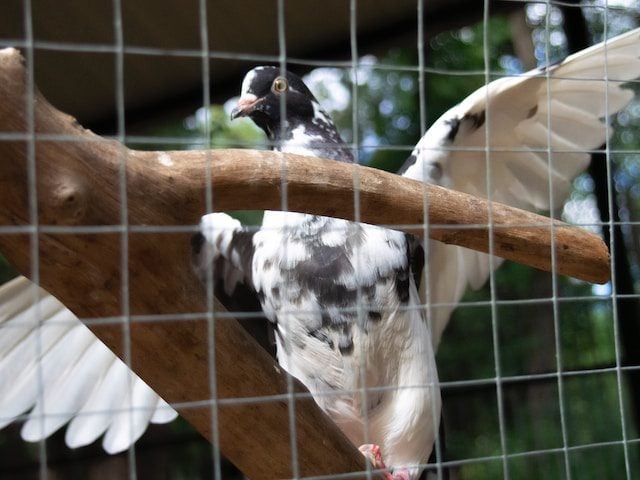
Constructing an ideal loft for racing pigeons is essential for their well-being and performance. Designing a suitable space involves considering various factors to ensure a comfortable and stimulating environment for the birds.
Firstly, the size of the loft is crucial. It should provide adequate space for pigeons to move freely, stretch their wings, and exercise. A spacious loft allows for better air circulation and prevents overcrowding, which can lead to stress and territorial issues among pigeons. A recommended guideline is to provide at least 2 square feet of floor space per pigeon.
Proper ventilation is fundamental to maintaining a healthy loft environment. Adequate airflow prevents the buildup of moisture and ammonia from droppings, which can lead to respiratory issues. Incorporating vents and windows to facilitate cross-ventilation ensures a fresh and well-ventilated loft.
The loft should feature perches at varying heights to accommodate pigeons' natural behavior of roosting and resting. Different types of perches, such as wooden dowels or shelves, cater to pigeons' preferences for roosting. Additionally, nesting areas or boxes are vital for pigeons to lay eggs and raise their young comfortably.These nesting spaces should be easily accessible and provide privacy for breeding pairs.
Proper lighting within the loft is also crucial. Natural light promotes overall well-being and helps maintain the pigeons' internal rhythms. Artificial lighting can supplement natural light, especially during shorter daylight hours, to support the pigeons' activity levels and breeding cycles.
Hygiene is paramount in the loft. Regular cleaning and maintenance prevent the accumulation of droppings and the spread of diseases. A well-designed loft facilitates easy cleaning, with removable perches or trays that simplify waste removal.
Moreover, consider insulation and weatherproofing to ensure the loft remains comfortable in varying climates. Adequate insulation helps regulate temperature extremes, while weatherproofing protects against rain, wind, and excessive heat or cold.
Daily Care Routine for Racing Pigeons
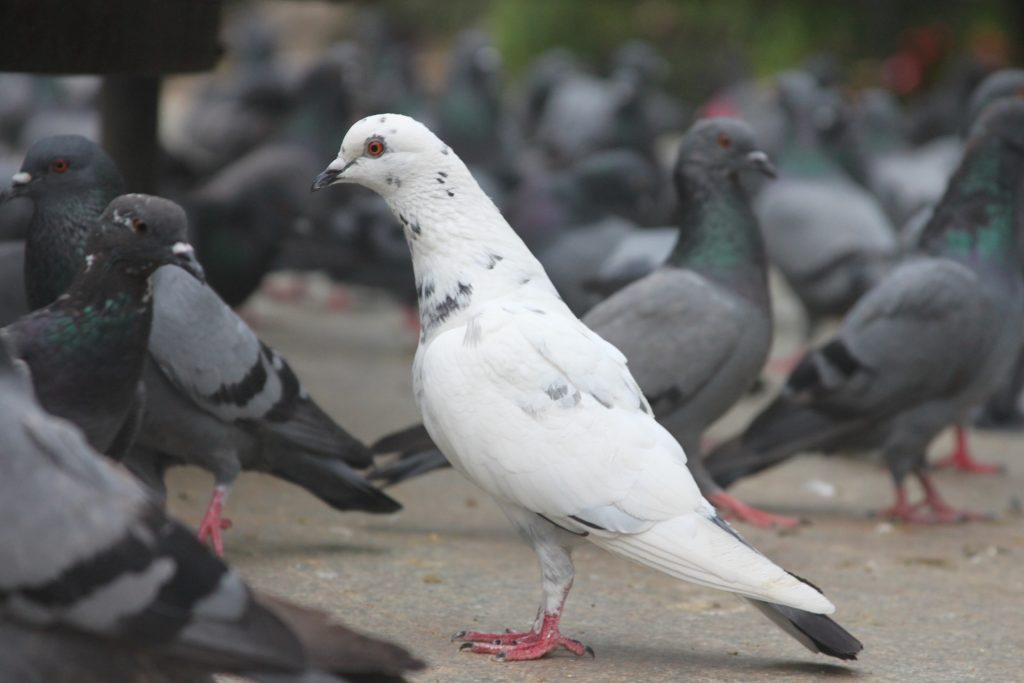
Establishing a consistent and comprehensive daily care routine is crucial for maintaining the health and performance of racing pigeons. A well-structured routine encompasses feeding, hygiene practices, and attentive care.
The feeding regimen for racing pigeons should be well-balanced and tailored to meet their nutritional needs. A combination of high-quality pigeon feed, containing grains like corn, wheat, peas, and seeds, supplemented with vitamins and minerals, ensures optimal health and energy levels.
Additionally, incorporating supplements like grit and calcium aids digestion and supports bone health. Feeding schedules may vary based on training and racing schedules, but maintaining consistency is key.
Hygiene practices play a pivotal role in preventing diseases and ensuring a clean living environment. Regular cleaning of the loft, removing droppings, and replacing bedding material helps maintain hygiene standards. Providing fresh, clean water daily is essential for hydration and overall well-being. Moreover, regular health checks, monitoring for any signs of illness or injury, and prompt intervention if needed contribute significantly to the pigeons' overall health.
By adhering to a structured daily care routine encompassing proper feeding, hygiene practices, and attentive care, pigeon enthusiasts can ensure the well-being and peak performance of their racing pigeons. Consistency, cleanliness, and vigilance form the foundation for maintaining a healthy and thriving pigeon loft.
Health and Medical Considerations for Racing Pigeons

Ensuring the health and well-being of racing pigeons involves keen observation, proactive care, and access to professional veterinary guidance. Recognizing signs of illness or injury is paramount for timely intervention and maintaining the pigeons' optimal health.
Vigilant observation aids in identifying subtle changes in behavior, appearance, or performance that may indicate health issues. Common signs of illness include lethargy, decreased appetite, abnormal droppings, labored breathing, sneezing, discharge from eyes or nostrils, and changes in plumage quality. Additionally, limping or favoring a wing may signal injury.
Basic medical care, preventive measures, and providing best-quality health supplements to racing pigeons form the foundation of pigeon health management. A clean and well-maintained loft reduces the risk of diseases caused by poor hygiene. Providing a balanced diet supplemented with essential vitamins and minerals strengthens the pigeons' immune systems. Routine vaccinations against prevalent diseases, as recommended by avian veterinarians, bolster disease prevention strategies.
In case of illness or injury, prompt and appropriate intervention is crucial. Isolating sick or injured pigeons prevents the spread of potential illnesses within the flock. Basic first aid, such as cleaning and treating minor wounds, should be administered carefully. However, for complex health issues, seeking professional veterinary assistance is imperative.
Consulting with a veterinarian specialized in avian health is invaluable for racing pigeon enthusiasts. Avian veterinarians possess expertise in diagnosing and treating pigeon-specific ailments. Regular check-ups, especially before and after racing seasons, help assess the pigeons' health status and address any underlying concerns.
Establishing a good rapport with a trusted avian veterinarian facilitates timely diagnosis, treatment, and preventive healthcare planning. Veterinarians can offer guidance on nutrition, vaccination schedules, parasite control, and specific care during breeding seasons.
Training and Exercise for Racing Pigeons
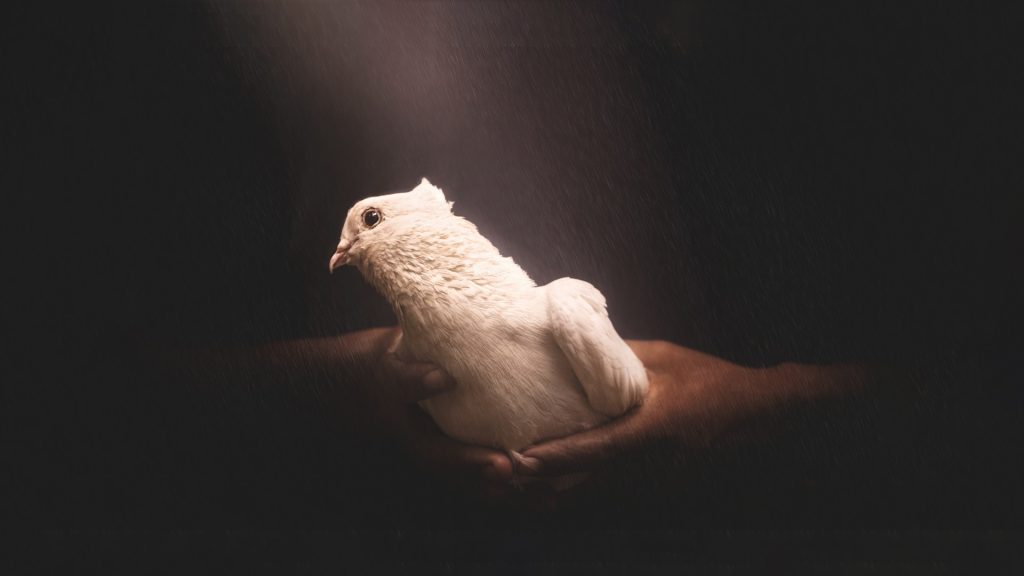
Training and exercise play pivotal roles in honing the skills and capabilities of racing pigeons. They not only enhance performance but also reinforce the birds' navigational abilities and endurance.
The importance of training for racing pigeons cannot be overstated. It fosters physical fitness, mental acuity, and familiarity with racing routes. Gradual and systematic training routines enable pigeons to build strength, stamina, and confidence. Commencing training at a young age familiarizes them with the loft's location, making it easier for them to navigate back during races.
When initiating training, start with short-distance flights and gradually increase the distance over time. Begin with daily loft exercises, allowing pigeons to fly around the loft to strengthen their flight muscles and develop homing instincts. Subsequently, introduce short tosses from increasing distances away from the loft, progressively extending flight distances as the pigeons become more adept.
Consistency is key in training. Maintain regular training schedules, gradually increasing flight distances and durations. Training sessions should be conducted during favorable weather conditions, avoiding extreme temperatures or adverse weather that could stress or endanger the pigeons.
Moreover, varying flight routes during training prevents birds from becoming overly reliant on a single path. This diversity helps refine their navigational skills, ensuring adaptability during races across different terrains and conditions.
Patience and observation are crucial throughout the training process. Monitor the pigeons' responses, assess their condition after each exercise, and adjust training routines accordingly. Recognize and reward their successful returns to reinforce positive behaviors.
In summary…
This comprehensive guide to racing pigeon care emphasizes crucial aspects for enthusiasts. From acquiring pigeons and setting up ideal lofts to daily care routines, health considerations, and training, prioritizing these factors ensures optimal health, performance, and enjoyment in the fascinating world of racing pigeons.




